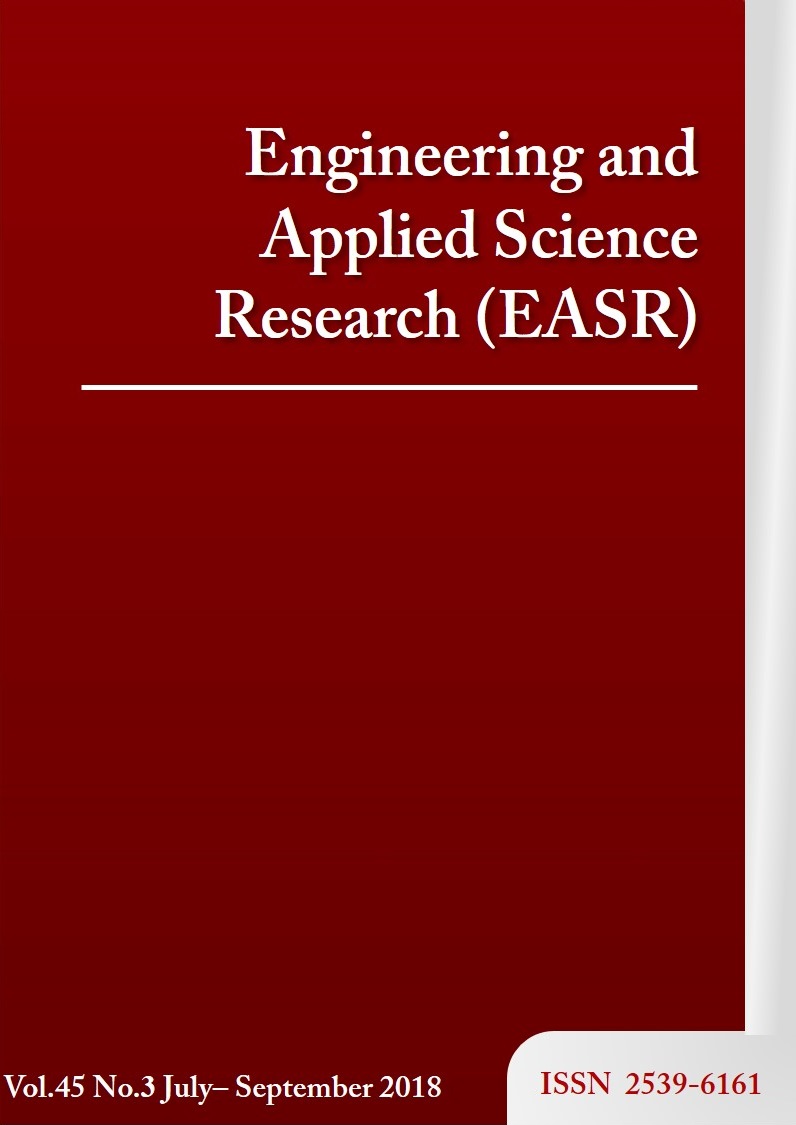Managing finished goods inventory-maintenance engineering interaction subject to technical manufacturing information complexity employing an associated fuzzy-system dynamics approach
Main Article Content
Abstract
Despite experiencing industrialisation, Nigerian business organisations are largely in turbulent environments and have a significant need to manage their inventories effectively in collaboration with their production and maintenance departments. Research on this issue is still incomplete. The objective of this communication is to demonstrate the use of a system dynamics (SD) method in the enhancement of inventory practices in relation to maintenance engineering in a factory. As a method, SD showcases an enhanced insight into the complexity of dynamics associated with inventory cum maintenance practices. The SD technique was successfully employed to model and analyse variables to gain insight and pin-point the principal compelling factors in inventory management system of manufacturing organisations. A fuzzy-SD model was used to evaluate the stock levels of finished goods, the number of experienced technicians and in the number of unavailable machines in manufacturing systems. The proposed model is a combination of a fuzzy inference system, SD, TOPSIS, the WASPAS method and aggregated rank sum. Enhancement of inventory performance is displayed as a workable model that can be implemented to handle complicated inventories in factories to achieve improved performance in manufacturing.
Article Details
This work is licensed under a Creative Commons Attribution-NonCommercial-NoDerivatives 4.0 International License.
References
References
Behzadian M., Otaghsara S.K., Yazdani M. and Ignatius J. (2012). A state-of the-art survey of TOPSIS applications. Expert Systems with Applications, Vol. 39, pp. 13051-13069.
Chaturvedi D.K. (2005). Dynamic model of HIV/AIDS population of Agra region. International Journal of Environmental Research and Public Health, Vol. 2, No. 3, pp. 420-429.
Coyle R.G. (1996). System dynamic modelling: A practical approach. Chapman and Hall.
Ertugrul I. and Karakasoglu N. (2009). Performance evaluation of Turkish cement firms with fuzzy analytic hierarchy process and TOPSIS methods. Expert Systems with Applications, Vol. 36, pp. 702-715.
Ighravwe D.E. and Oke S.A. (2016a). A multi-attribute framework for determining the competitive advantages of products using grey- TOPSIS cum fuzzy-logic approach. Total Quality Management and Business Excellence, pp. 1-24. DOI: 10.1080/14783363.2016.1234348.
Ighravwe D.E. and Oke S.A. (2016b). A fuzzy-grey-weighted aggregate sum product assessment methodical approach for multi-criteria analysis of maintenance performance systems. International Journal of System Assurance and Engineering Management. DOI 10.1007/s13198-016-0554-8
Khan K.I.A, Flanagan R., and Lu S-L., 2016 Managing information complexity using system dynamics on construction projects, Construction Management and Economics, Vol.34, No.3, pp.192-204.
Kositphon S. and Chaovalitwongse P., 2016, An application of systems thinking for solving inventory management problems, Engineering Journal, vol.20, No.5, pp. 67-88.
Ramezani M., Bashiri M. and Atkinson A.C. (2011). A goal programming-TOPSIS approach to multiple response optimisations using the concepts of nondominated solutions and prediction intervals. Expert Systems with Applications, Vol. 38, pp. 9557-9563.
Roszkowska E. (2013). Rank ordering criteria weighting methods - A comparative overview. Optimum Studia Ekonomiczne Nr, Vol. 5, No. 65, pp. 14-32.
Stillwell W.G., Seaver D.A. and Edwards W. (1981). A comparison of weight approximation techniques in multi-attribute utility decision-making. Organisational Behaviour and Human Performance, Vol. 28, pp. 62-77.
Sun C.C. and Lin G.T.R. (2009). Using fuzzy TOPSIS method for evaluating the competitive advantages of shopping websites. Expert Systems with Applications, Vol. 36, pp. 11764-11771.


